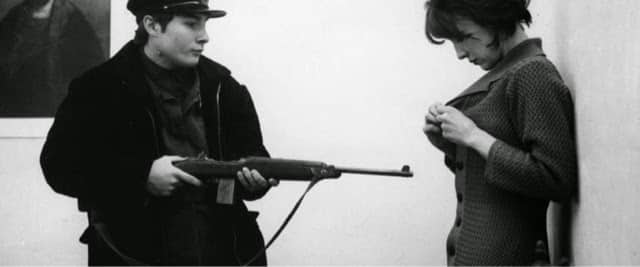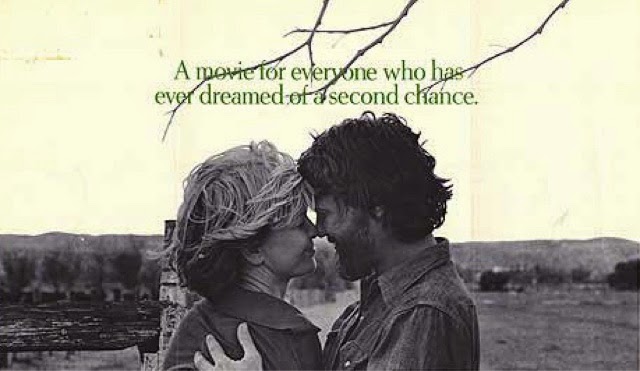
Les Carabiniers (Jean-Luc Godard, 1963)
March 22, 2010
Alice Doesn’t Live Here Anymore (Martin Scorsese, 1974)
March 22, 2010I have to admit I was one to reduce Indian films to Bollywood. Which is not to say Bollywood films are lesser films. I recently saw Lagaan, which to me was a quintessential pop movie, down to the perfect characterizations of the ideal hero and the horrible British villains (I kept thinking of Gaston from Disney’s Beauty and the Beast). It wasn’t a bad movie, but I think the only thing that interested me were the dance numbers (I’m a sucker for musicals). So The World of Apu from Satyajit Ray was to me a pleasant surprise for different reasons.
What I found most interesting in The World Of Apu is how much the representation of India came so close to my vision of Haiti, my native country. I haven’t often seen a truthful depiction of third-world countries, not as industrialized countries imagine them (as poor rat-infested charity cases) but as they are. Or, maybe as we who live there feel they are.
Although Apu is poor in the movie, I felt that there wasn’t a cliched representation of his poverty, and it wasn’t a depiction of great poverty. That got me to think about Satyajit Ray’s background; he must have come from a middle-class background, if not a wealthy one. As it turns out, he is from such a background. His grandfather was a distinguished writer, painter, a violin player and a composer. His father, Sukumar Ray (1887–1923), studied printing technology in England. In 1940, Ray received a degree in science and economics from Calcutta University. Through his biography, it becomes evident that Ray doesn’t represent the majority of India’s population, but he’s part of a very small minority of privileged individuals.
His intellectualism, nonetheless, gives him an interesting perspective on his country. Not a condescending or exotic perspective but a more realistic and human one. It reminds me of Hou Hsiao-Hsien’s Dust in the Wind, as both filmmakers seem to fixate on a rural or at least underprivileged vision of Eastern countries.
More info on IMDB
- Black Panther: A Perspective - March 20, 2018
- Seven Pounds (Gabriele Muccino, 2008) - May 5, 2015
- Honeymoon (Leigh Janiak, 2014) - January 30, 2015



